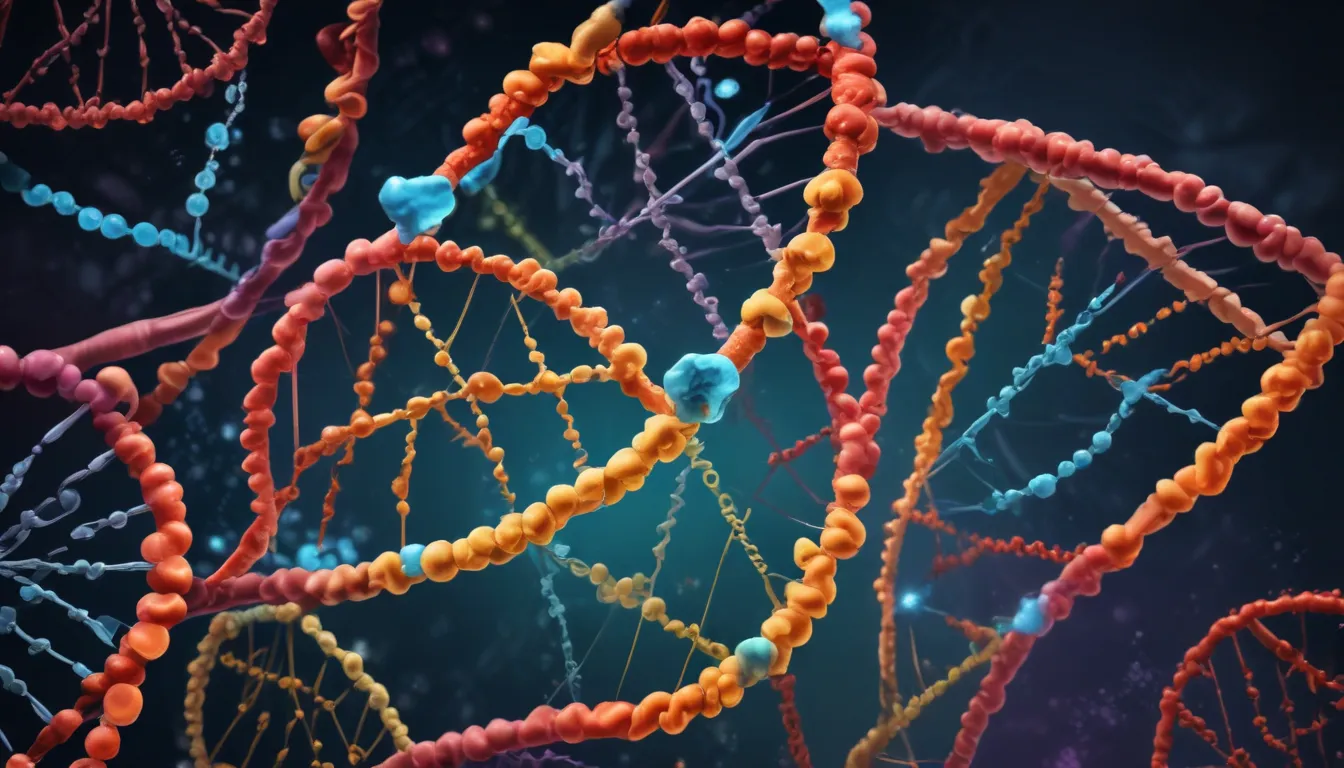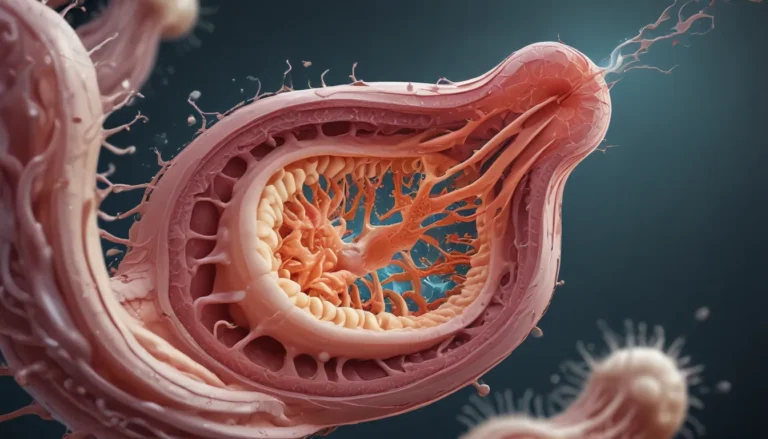A Note About Images: The images used in our articles are for illustration purposes only and may not exactly match the content. They are meant to engage readers, but the text should be relied upon for accurate information.
Welcome to the fascinating world of DNA polymerases, the remarkable enzymes that are the backbone of DNA replication and repair. These intricate molecular machines are essential for maintaining the accuracy and stability of genetic information. While most of us are familiar with their basic functions, there are numerous enigmatic facts about DNA polymerases that showcase their complexity and diversity. In this article, we will delve into 11 captivating insights about DNA polymerases, shedding light on their awe-inspiring nature and deepening our understanding of the machinery of life.
Unlocking the Secrets of DNA Polymerases:
- DNA polymerases are essential for accurate DNA replication: These enzymes are responsible for synthesizing new DNA strands during replication, ensuring the faithful duplication of genetic material.
- Proofreading abilities: DNA polymerases possess a built-in proofreading mechanism that corrects errors during replication, maintaining the fidelity of DNA synthesis.
- Bi-directional activity: DNA polymerases can work in both the 5′ to 3′ and 3′ to 5′ directions, allowing for efficient replication of the entire DNA molecule.
- Diverse types of DNA polymerases: Different organisms have various DNA polymerase enzymes with unique functions, including repair and replication during different cell cycle stages.
- Primer requirement: DNA polymerases need a primer to initiate DNA synthesis, providing a starting point for nucleotide addition.
- Stalling at damaged sites: When encountering damaged DNA, DNA polymerases can pause or stall to allow repair enzymes to fix the damage before replication resumes.
- Error-prone polymerases: Some DNA polymerases involved in DNA damage bypass have high error rates, leading to increased mutation rates.
- Unique structural features: DNA polymerases consist of multiple domains responsible for catalysis, proofreading, and efficient DNA binding during replication.
- Diverse processivity mechanisms: Different polymerases have evolved mechanisms to enhance processivity, allowing for rapid and accurate DNA replication.
- Role in DNA repair: DNA polymerases are not only involved in replication but also play a crucial role in DNA repair mechanisms.
- Targets for drugs: DNA polymerases are targets for antiviral and anticancer drugs due to their essential role in DNA replication.
Unraveling the Intricacies of DNA Polymerases:
DNA polymerases’ enigmatic nature extends beyond their vital role in replication. Their proofreading abilities ensure accurate DNA synthesis, while the primer requirement highlights the intricate steps involved in DNA replication. Furthermore, certain DNA polymerases can tolerate damaged DNA sites, illustrating their versatility in handling various challenges during replication. Understanding the structural features and diverse processivity mechanisms of DNA polymerases provides valuable insights into their efficiency in DNA synthesis.
In addition to their pivotal role in DNA replication, DNA polymerases are crucial players in DNA repair mechanisms. Their involvement in repairing DNA lesions caused by various factors underscores their significance in maintaining genetic stability. Furthermore, the ability of DNA polymerases to act as targets for antiviral and anticancer drugs highlights their potential in therapeutic interventions. By exploring the multifaceted functions of DNA polymerases, we gain a deeper understanding of the complex processes that govern genetic information.
FAQs about DNA Polymerases:
- What are DNA polymerases?
-
DNA polymerases are enzymes responsible for synthesizing new DNA strands during replication and repair processes.
-
How many types of DNA polymerases are there?
-
There are several types of DNA polymerases, each with unique functions and roles in cellular processes.
-
What is the function of DNA polymerases in DNA replication?
-
DNA polymerases add nucleotides to the growing DNA strand, ensuring accurate duplication of genetic material.
-
How do DNA polymerases maintain accuracy during replication?
-
DNA polymerases have proofreading mechanisms to correct errors, ensuring high fidelity in DNA synthesis.
-
Can DNA polymerases repair damaged DNA?
-
Yes, certain DNA polymerases are involved in DNA repair processes, repairing DNA lesions caused by various factors.
-
What diseases are associated with DNA polymerase mutations?
-
Mutations in DNA polymerases have been linked to diseases such as cancer, neurodegenerative disorders, and xeroderma pigmentosum.
-
Are there drugs that target DNA polymerases?
-
Yes, certain antiviral and anticancer drugs target DNA polymerases to inhibit their replication.
-
Can DNA polymerases be used in biotechnology applications?
-
DNA polymerases, such as Taq polymerase, are used in techniques like PCR for DNA amplification in research and diagnostics.
-
How do DNA polymerases differ from RNA polymerases?
-
DNA polymerases synthesize DNA strands, while RNA polymerases synthesize RNA molecules.
-
Can DNA polymerases work on damaged DNA?
- Certain DNA polymerases can replicate across DNA lesions, although with reduced accuracy.
-
How are DNA polymerases studied?
- Scientists use biochemical, structural, and genetic approaches to study DNA polymerases and their biological roles.
In conclusion, DNA polymerases are not just enzymes but intricate molecular machines that drive the fundamental processes of DNA replication and repair. Their multifaceted functions and unique properties continue to fascinate scientists worldwide, serving as a cornerstone in genetic research. By unraveling the mysteries of DNA polymerases, we gain valuable insights into the intricate world of genetics and molecular biology, paving the way for new discoveries and advancements in the field.






